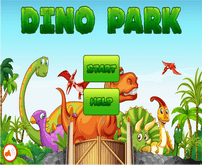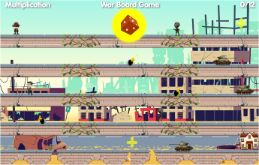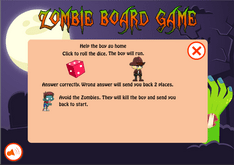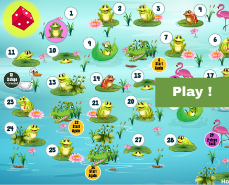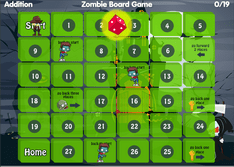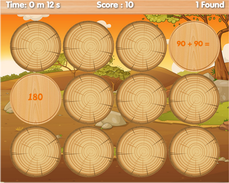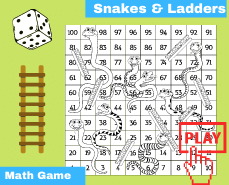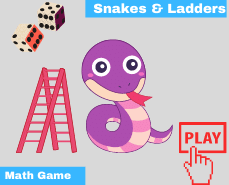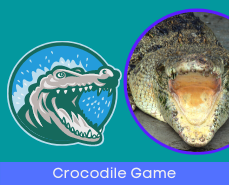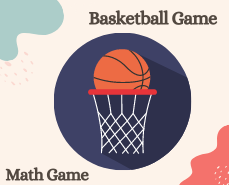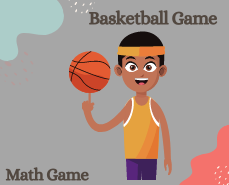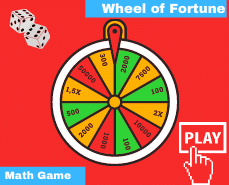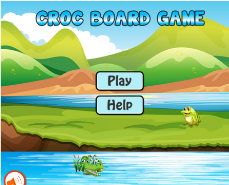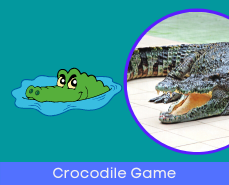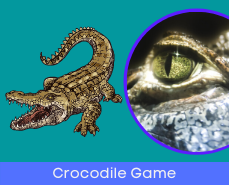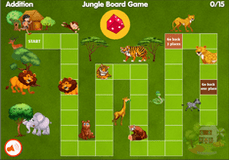Math Centers for 1st Grade: Engaging and Effective Learning Tools
Are you looking for innovative ways to enhance math learning for your 1st-grade students? Math centers can be a valuable resource to create an engaging and effective learning environment. In this article, we will explore the concept of math centers, their benefits, and how to set them up successfully in your classroom. Let's dive in and discover the exciting world of math centers!
1. Introduction
Mathematics lays the foundation for logical thinking and problem-solving skills. To foster a deep understanding of math concepts, it is crucial to provide students with hands-on activities that promote active learning. Math centers offer an interactive and dynamic approach to teaching math, allowing students to explore and apply mathematical concepts in a fun and engaging way.
2. What are Math Centers?
Math centers are designated areas in the classroom where students work independently or collaboratively on a variety of math activities. These centers provide students with opportunities to practice and reinforce key math skills, such as number sense, addition, subtraction, patterns, geometry, and measurement. Math centers can be tailored to suit specific learning objectives and can accommodate a range of skill levels within the same classroom.
Math Games For 1st Grade
Continue Reading Below >>>
3. Benefits of Math Centers
Math centers offer several benefits to 1st-grade students, including:
- Active Engagement: Math centers encourage active participation, enabling students to manipulate objects, solve problems, and make connections between abstract concepts and real-life situations.
- Differentiated Learning: Math centers allow for differentiated instruction, catering to the diverse needs of students. Teachers can provide activities at varying levels of difficulty, ensuring that every student is appropriately challenged.
- Independent Learning: Math centers promote independent learning, encouraging students to take ownership of their learning journey. They can work at their own pace, building confidence and fostering a sense of autonomy.
- Collaborative Skills: Math centers provide opportunities for students to collaborate, share ideas, and engage in meaningful discussions with their peers. These interactions foster communication skills and the ability to work effectively in teams.
- Multisensory Learning: Math centers incorporate hands-on materials, manipulatives, and visual aids, appealing to different learning styles and reinforcing understanding through multiple senses.
- Positive Attitude Towards Math: By making math enjoyable and interactive, math centers help develop a positive attitude towards the subject, instilling a lifelong love for learning mathematics.
4. Setting Up Math Centers
To create an effective math center experience, careful planning and organization are key. Here are some steps to help you set up math centers in your 1st-grade classroom:
4.1 Selecting Math Center Activities
Choose math center activities that align with the curriculum and target specific learning goals. Consider incorporating a mix of hands-on manipulatives, games, puzzles, technology-based activities, and worksheets. Aim for a variety of activities that cater to different learning styles and provide opportunities for students to practice various math concepts.
4.2 Organizing Materials
Ensure that materials and resources for each math center are readily accessible. Label and organize manipulatives, worksheets, game boards, and other materials in labeled bins or containers. This organization will save valuable instructional time and allow students to quickly and independently locate the necessary materials.
4.3 Creating a Rotating Schedule
Establish a rotating schedule where students have the opportunity to visit different math centers over a defined period. This rotation ensures that students engage with a range of activities and concepts. Consider using a visual chart or individual schedules for students to keep track of their assigned math centers.
5. Incorporating Math Centers into Lesson Plans
Math centers should be integrated seamlessly into your lesson plans. Identify specific math concepts or skills that align with the curriculum and assign corresponding math center activities. Consider using math centers as part of a broader learning cycle, where students rotate through various stations that reinforce and extend classroom instruction.
6. Monitoring and Assessing Student Progress
To gauge student understanding and progress, it is essential to monitor and assess their work at math centers. Walk around the classroom, observe student interactions, and provide support when needed. Consider using checklists, anecdotal notes, or informal assessments to track individual student growth and identify areas that require additional instruction.
7. Tips for a Successful Math Center Experience
Here are some tips to ensure a successful math center experience for your 1st-grade students:
7.1 Provide Clear Instructions
Clearly explain the expectations, rules, and procedures for each math center. Provide explicit instructions for tasks and activities, ensuring that students understand the objectives and know how to complete them independently.
7.2 Foster Collaboration and Communication
Encourage collaboration and communication among students during math center activities. Emphasize the importance of sharing ideas, asking questions, and helping one another. This collaborative environment promotes peer learning and strengthens mathematical understanding.
7.3 Differentiate Math Centers
Tailor math center activities to accommodate different learning levels and styles. Provide options for students who need additional support or those who require more challenging tasks. Differentiating math centers ensures that every student receives appropriate instruction and remains engaged.
8. Frequently Asked Questions (FAQs)
Q1: How often should math centers be used in the classroom? A1: Math centers can be implemented daily or a few times a week, depending on the instructional goals and available time.
Q2: Can math centers be adapted for remote or virtual learning? A2: Yes, math centers can be adapted for remote learning by utilizing online platforms, virtual manipulatives, and digital resources.
Q3: How can math centers be aligned with the curriculum? A3: Math centers should be aligned with the curriculum by targeting specific learning objectives and integrating concepts covered in class.
Q4: Are math centers suitable for individualized instruction? A4: Yes, math centers offer individualized instruction by providing activities that cater to students' unique needs and skill levels.
Q5: What is the ideal number of students per math center? A5: The ideal number of students per math center depends on available space and the nature of the activity. Aim for a small group of 2-4 students for effective collaboration.
9. Conclusion
Math centers provide an engaging and effective approach to teaching math in 1st-grade classrooms. By incorporating hands-on activities, fostering collaboration, and differentiating instruction, math centers create an environment where students can explore, practice, and develop a deep understanding of math concepts. Implementing math centers in your classroom will not only enhance mathematical skills but also cultivate a love for learning and problem-solving. So, why wait? Transform your math instruction with interactive math centers and unlock the potential of your 1st-grade students.
![]() Addition math practice - pirates at sea game
Addition math practice - pirates at sea game
![]() Counting from 1 to 3 - Rally car race game
Counting from 1 to 3 - Rally car race game
![]() Counting up to 10 - Catapult game
Counting up to 10 - Catapult game
![]() Counting up to 5 - Pirate game
Counting up to 5 - Pirate game
![]() Learn numbers beyond 20 - rally game
Learn numbers beyond 20 - rally game
![]() Patterns - Pirates at sea game
Patterns - Pirates at sea game


